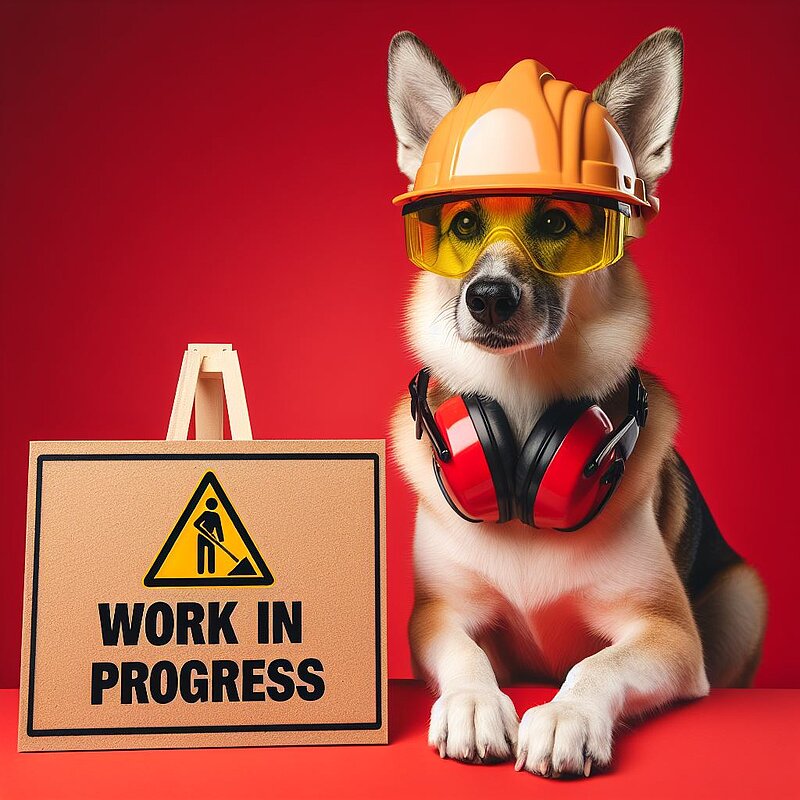
The Great Munsterlander: An all-rounder with heart and paws
The history of the Great Munsterlander
The origins of the Great Munsterlander go back to the Middle Ages. This breed was bred in the Münster region of Germany and was originally part of the so-called "German Pointing Dogs". In 1919, the breed was officially recognized as an independent breed, with particular attention being paid to its excellent hunting characteristics. The breeders attached great importance to dogs that could do excellent work both in the field and in the water.
Who is the Great Munsterlander suitable for?
The Great Munsterlander is ideal for active people who spend a lot of time outdoors. It is ideal for hunters, sporty families and dog sports enthusiasts. Due to its high energy level and intelligence, it needs plenty of exercise and mental exercise. Anyone who can offer him this will find him a loyal and loving companion.
Character and behavior
The Great Munsterlander is known for its friendly and balanced character. They are intelligent, eager to learn and have a strong desire to please their owner. These dogs are very social and get along well with children and other pets, provided they are properly socialized. They are alert and protective, but without being aggressive.
Appearance and size
The Great Munsterlander is an elegant dog with an athletic build. Its coat is long, dense and mostly black and white. Males reach a shoulder height of around 60 to 65 cm, bitches are slightly smaller with a height of 58 to 63 cm. The weight varies between 25 and 30 kg.
Grooming the Large Munsterlander
Grooming the Large Munsterlander is relatively uncomplicated, but requires regular attention. The long coat should be brushed at least once a week to prevent matting. Especially in the ears and on the legs, the hair tends to become knotted. Regular checks and cleaning of the ears are also important to prevent infections.
Health and life expectancy
The Great Munsterlander is a robust breed with a life expectancy of 12 to 14 years. As with many large breeds, hip dysplasia and eye problems can occur. It is important to ensure a balanced diet and sufficient exercise to avoid obesity.
Exercise requirements and habitat
This breed needs a lot of exercise and is therefore better suited to rural areas or houses with large gardens. In the city, the Great Munsterlander can only be happy if it is exercised regularly and intensively. Daily long walks and mental challenges are a must.
Training and education
The Great Munsterlander is very eager to learn and intelligent, which makes training easier. Positive reinforcement and consistent but loving training are the key to a well-behaved dog. This breed is ideal for various dog sports such as agility or tracking.
Behavior with children and other animals
Large Munsterlanders are generally very child-friendly and patient. They can live well with other pets if they are socialized early and well. Their social nature makes them great playmates, but their size and energy should be taken into account to avoid accidents.
FCI recognition and interesting facts
The Great Munsterlander is recognized by the Fédération Cynologique Internationale (FCI) and is listed in Group 7 (Pointing Dogs). An interesting fact about this breed is that, despite its passion for hunting, it can also be an excellent family dog if it is kept sufficiently busy and exercised.